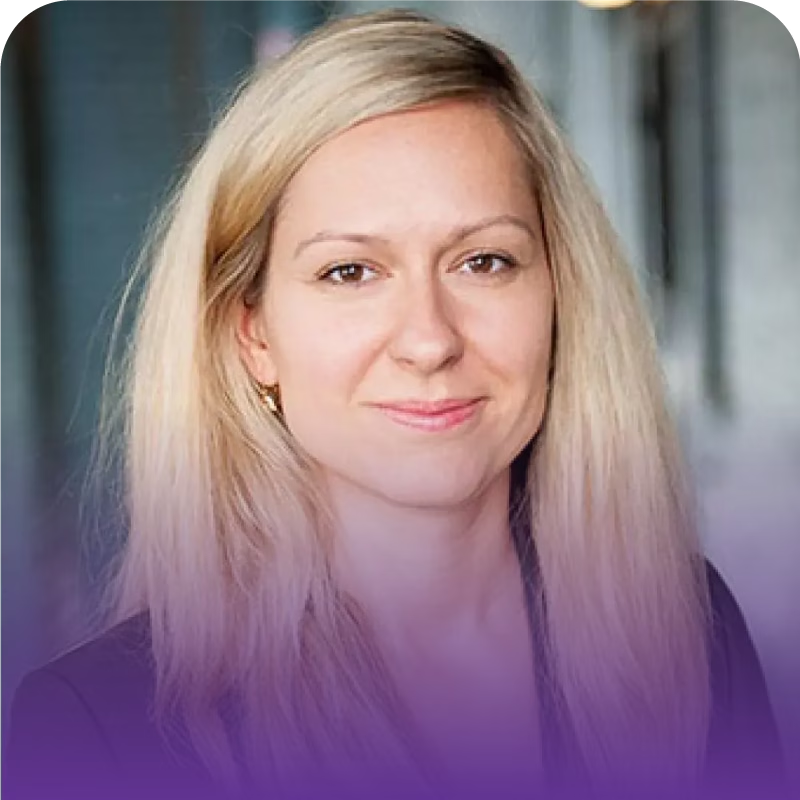When Réka Winslow was thirteen, her father handed her a well-loved copy of Isaac Asimov’s sci-fi Foundation series. She didn’t know it at the time, but that simple moment would set the course of her life. “Those books opened my mind,” she says. “They made me realize there is so much more out there, and even at that age, I remember thinking, I want to help humanity get there.”
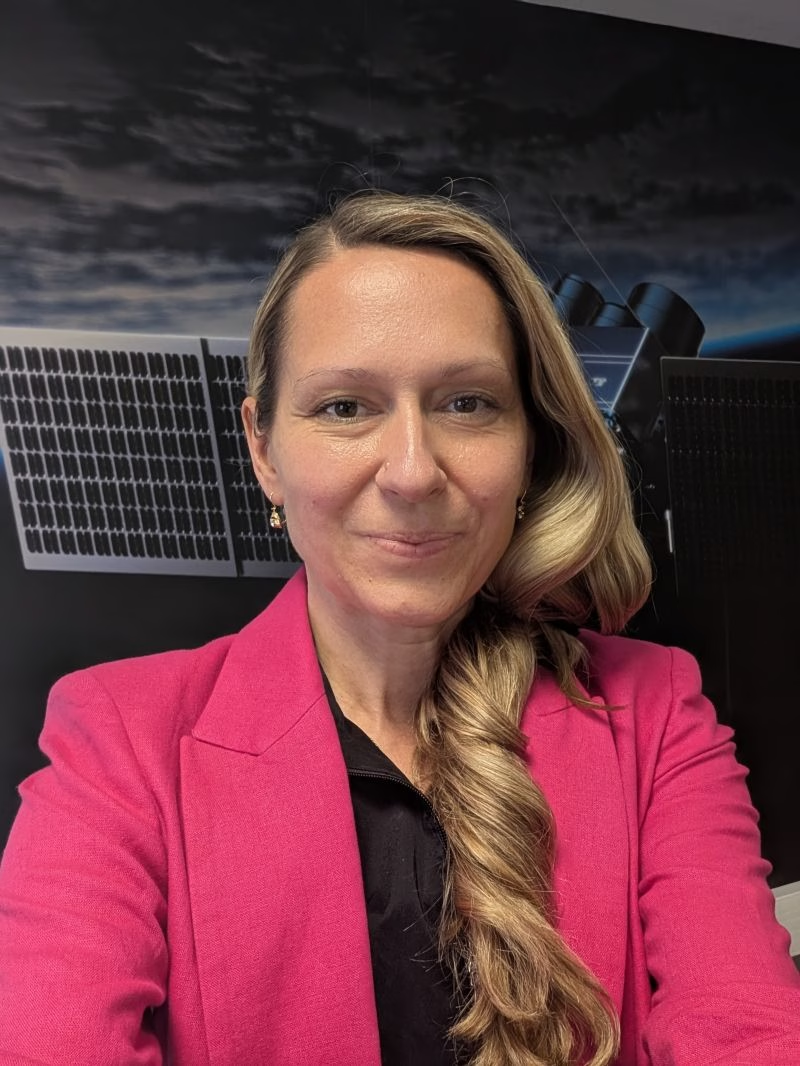
That spark stayed with her through a major transition. When Réka moved to Canada from Romania, she was learning a new language and trying to find her place. She excelled academically but still felt like she was in search of a community where her curiosity and ambition felt understood. That changed when a school counsellor encouraged her to apply to Shad.
“Shad came at exactly the right time,” Réka says. “Being selected made me feel like other people believed I had potential. It gave me confidence I really needed.” Surrounded by peers who were just as eager to learn and create, she felt a sense of belonging she had not yet experienced in Canada. “It was the first time I met other students who cared about learning the way I did. It was challenging, but in a good way.”
The experience also broadened her understanding of how ideas become impact. “Before Shad, I never thought about the business side of science,” she admits. “Suddenly, I was learning how to pitch an idea and how innovation actually becomes something useful. That stayed with me.”
With renewed confidence and clarity, Réka went on to study physics and astronomy at the University of British Columbia. She began in stellar astronomy, but a pivotal moment during a research conference made her rethink her direction. “I remember sitting in a room of researchers debating how a star pulsates and thinking, I do not care how this star pulsates,” she laughs. “I wanted my work to matter for people here and now.”

That realization led her into planetary science and a PhD in Space Physics and Geophysics, where she joined NASA’s MESSENGER mission to Mercury. Her work helped produce the first detailed map of Mercury’s magnetic field. She also discovered that during strong solar storms, Mercury’s protective magnetic bubble can collapse onto the planet’s surface, exposing it directly to high-energy particles.
“That was exciting,” she says. “It was the first time we could actually see how a planet responds when its magnetic shield disappears. It gave us new insight into how planetary surfaces weather over time and how atmospheres can be stripped away.” Her work also contributed to broader scientific understanding of space weather, solar storms, and the conditions that shape planetary environments, including our own.
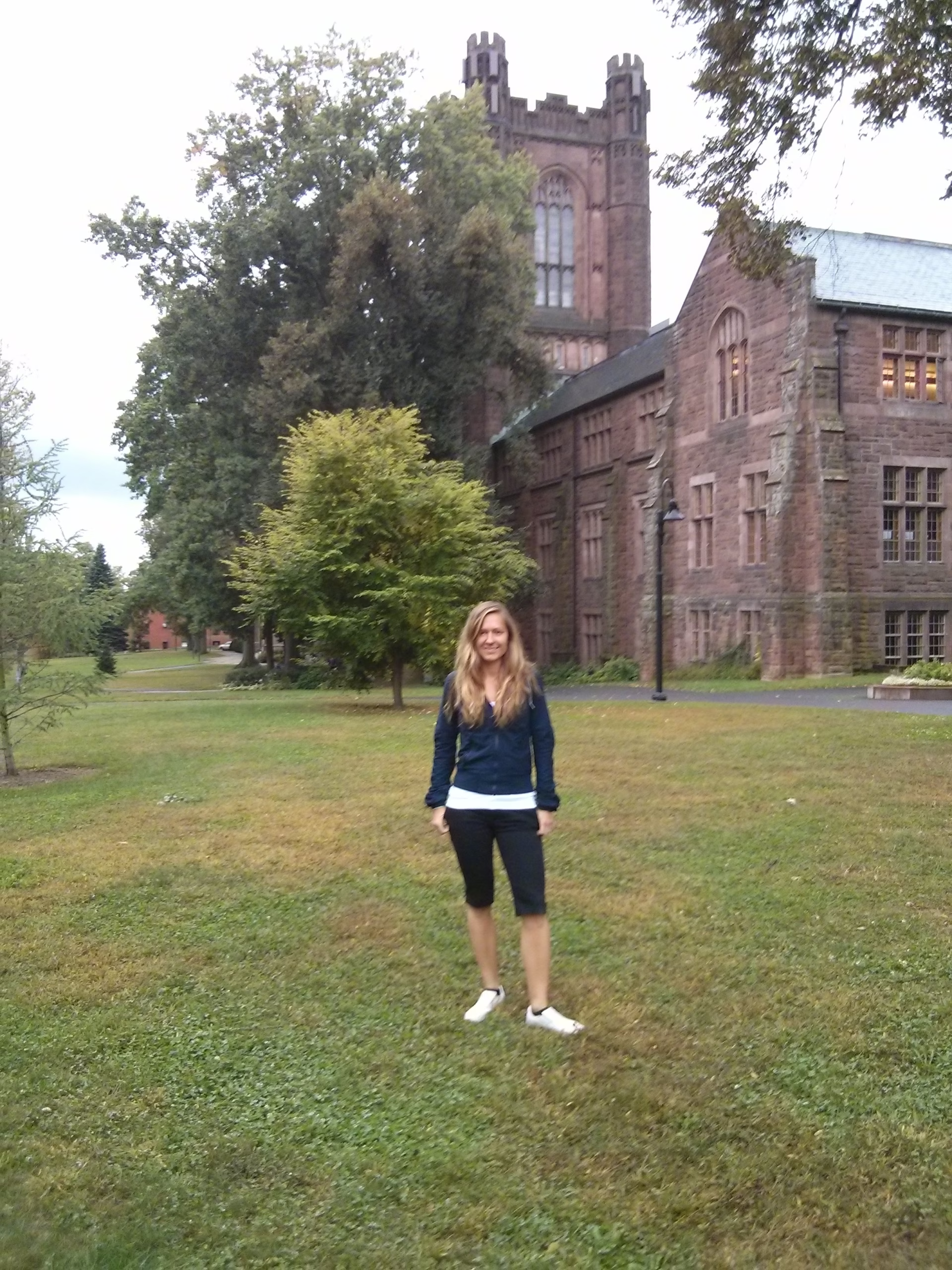
As a Research Associate Professor in Space Physics at the University of New Hampshire, she secured more than a decade of continuous NASA and NSF funding and published over 70 peer-reviewed papers with thousands of citations. “I loved the science,” she says. “I was able to build my own research group, mentor students and postdocs, and contribute to some incredible missions.”
Réka also became the Deputy Director for the IMAP-Lo instrument on NASA’s IMAP spacecraft, co-leading a team of more than 70 engineers and scientists across five institutions in the United States and Europe. “Leading that team was one of the most complex things I have ever done,” she says. “We had people in multiple countries, different institutions, different specializations. I learned how much leadership matters in space missions.”
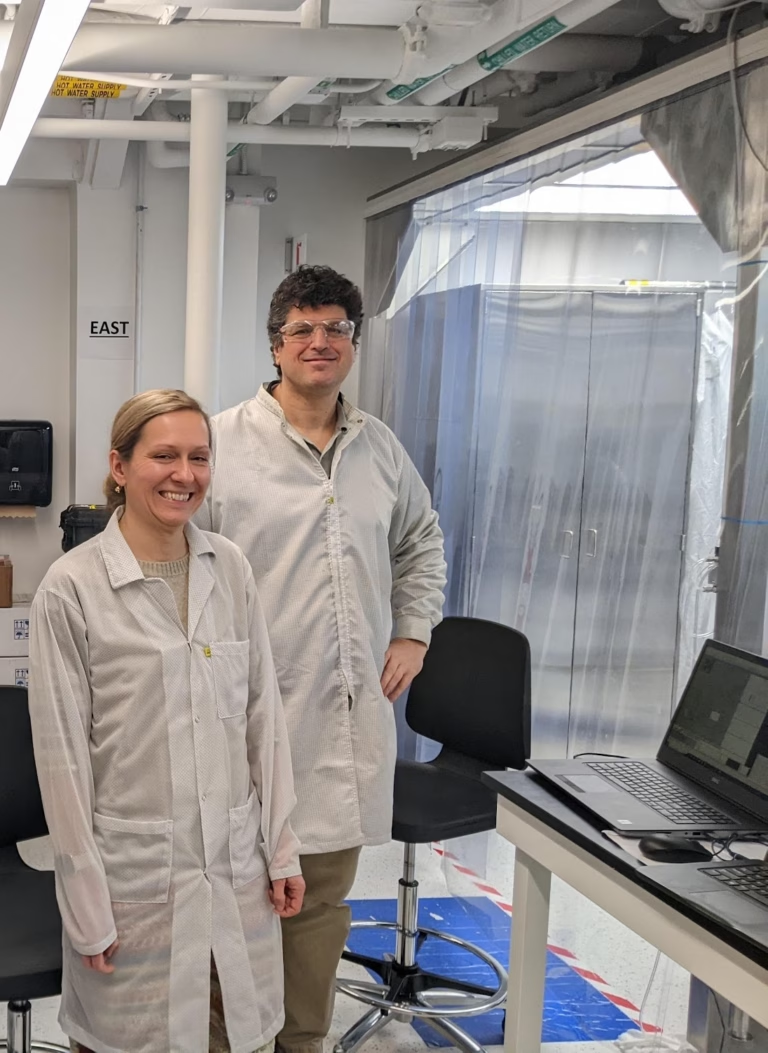
In 2024, she founded and became Director of the UNH Space Technology Hub, a new centre designed to make university-level space mission expertise, testing facilities, and engineering capabilities accessible to commercial partners. “What I wanted was to help bridge the gap between academic space science and the commercial space sector,” Réka says. “There is so much expertise in universities that can help companies innovate faster.”
Recently, she began work in the commercial space sector as a Senior Project Manager at EnduroSat, overseeing satellite missions from early design through launch and operation. Her role connects scientific discovery with real-world application. “It is exciting,” she says. “I actually get to help build and deliver satellites. I get to help organizations access the space data they need to solve real problems.”

The satellites she helps launch gather data used across many sectors. Thermal imaging supports early wildfire detection. Emissions monitoring helps track methane and carbon dioxide in near real-time. Observations of heat patterns, land use, and vegetation support urban planning, environmental monitoring, and climate resilience.
“Most of the data we collect helps improve people’s lives,” she says. “It helps communities prepare for climate change. It gives researchers and governments information they just can’t get from the ground here on Earth.”
She views her work as a continuation of the purpose she first discovered through science fiction and strengthened at Shad. “From the beginning, I wanted to contribute to something bigger,” she says. “Now I get to help deliver data that makes a difference in the world.”
Réka often reflects on how Shad shaped the perspective that carried her through her academic and professional journey. “Shad strengthened my confidence during a time when I really needed it,” she says. “It helped me step into opportunities that I might not have otherwise seen myself in.”
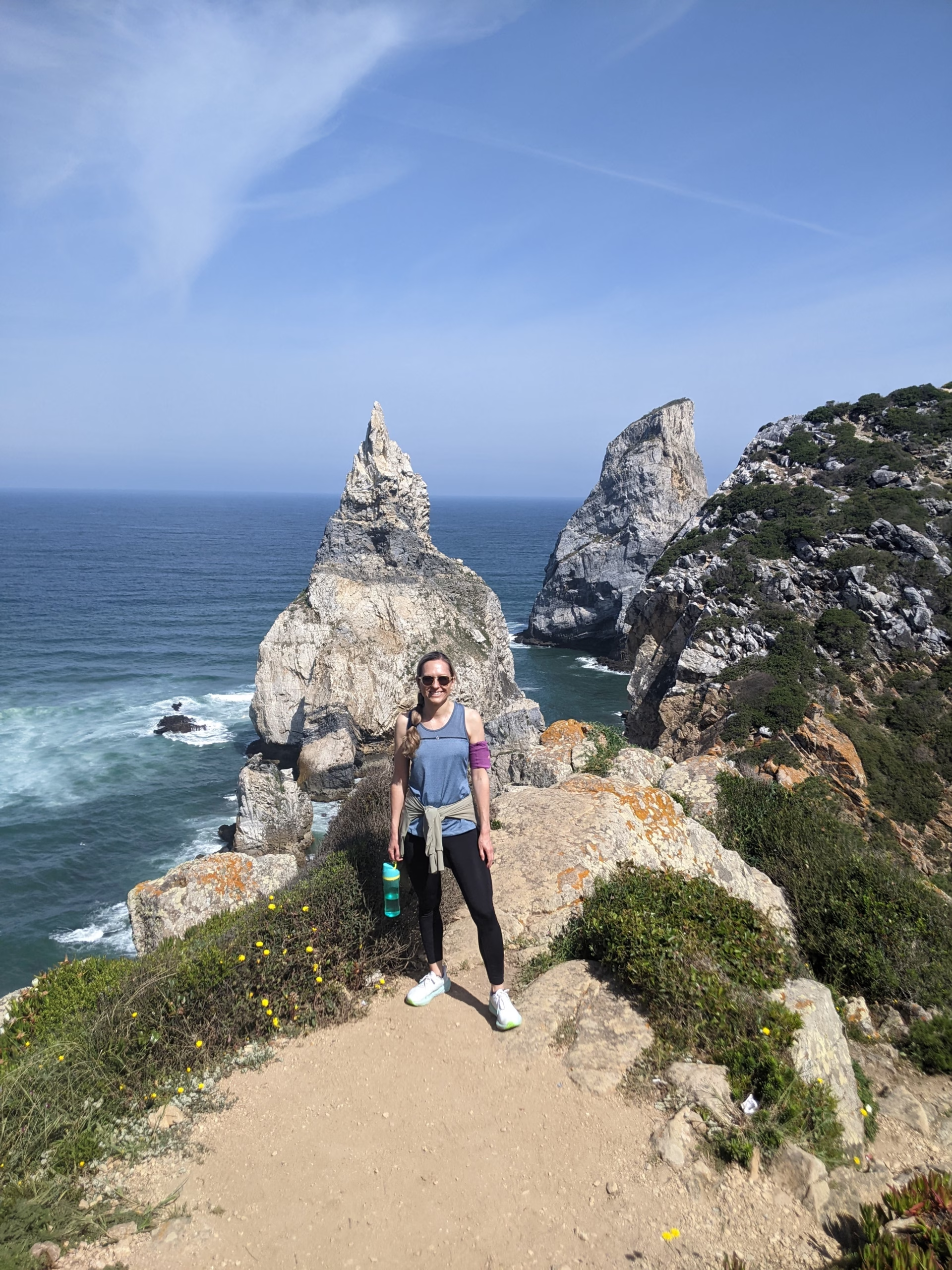
Today, Réka’s work bridges scientific discovery with real-world impact. She has helped researchers understand distant worlds, and now she helps deliver the data needed to protect the one we call home. Her journey reflects curiosity, resilience, and the confidence she strengthened at Shad—a reminder of how one summer can shape a lifetime of purpose. What began with a sci-fi novel, a new chapter in a new country, and a transformative month at Shad grew into a career improving life on Earth and inspiring what’s possible beyond it.
